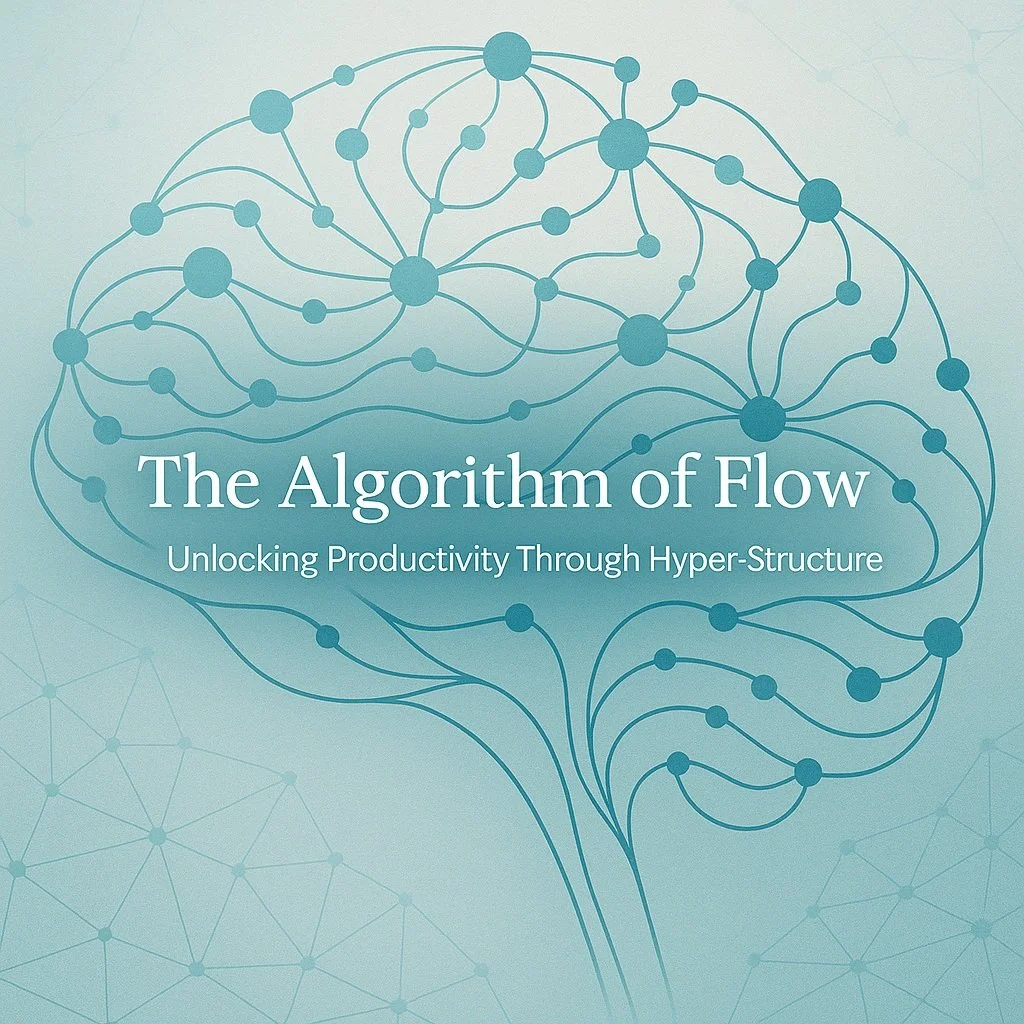The Effort Performer: Tactical Kindness and the Cost of Fake Accountability
You know the type.
They look busy, sound inspiring, and leave a trail of good intentions behind them—but the real work? That’s still sitting in someone else’s inbox.
Sometimes, what looks like effort is just damage control disguised as intimacy, apology, or team spirit.
We all know the gestures:
The coworker who swoops in with artisanal éclairs after blowing a major deadline.
The manager who posts a heartfelt message to the team after a period of crucial radio silence.
The executive who schedules a "culture reset" meeting instead of simply owning what broke.
They can’t say, “I dropped the ball, and I own it.” But they can say, “Look! I sent a follow-up email. I looped you in. I scheduled a team huddle.”
This is what I call the Effort Performer.
They are all optics, no accountability—masters of looking engaged while others quietly pick up the slack.
The Effort Performer thrives in an economy of appearances.
Their currency? Visibility, charisma, and the careful management of image.
Their cost? The quiet erosion of trust and the steady overwork of everyone around them.
How It Happens
The Effort Performer blurs the line between accountability and optics. Once reputation becomes the lens, almost anything looks like effort—because we don’t actually see the sustained work. We see the branding.
When someone’s known for being capable, micromanagement reads as leadership.
When someone’s known for being kind, conflict avoidance looks like emotional intelligence.
It’s classic impression management—a social-psychology term describing how people curate the version of themselves they want others to believe. When someone’s image is strong enough, our brains default to consistency bias: we interpret new information in ways that protect the image we already hold.
That’s why the Performer gets away with cosmetic gestures.
The Consequences of Weaponized Optics
The Effort Performer uses tactical helpfulness as a reset button to regain control and dodge consequences. They are fluent in the language of productivity while quietly avoiding the labor of it.
Real-life examples are everywhere:
The lead who turns every failure into a “learning moment” as long as someone else does the learning.
The coworker who shows up with coffee then proceeds to dismiss everyone’s feedback in the project meeting.
The manager who sends out a “great job, team!” email after the third sprint in a row that burned everyone out.
These types rise quickly because we equate presentation with performance.
If it looks organized, it must be effective.
If it sounds confident, it must be competent.
It’s the same cognitive shortcut that sells us shiny products and charismatic leaders: we confuse polish for proof.
Social psychology calls this the halo effect—when one positive impression (charm, confidence, good slides) makes us assume the rest of the package is just as solid. That’s how the Effort Performer keeps climbing: they look good doing the least.
The result?
Teams spend more time managing perception than solving problems while the people doing the real work burn out quietly in the background.
Coping with the Effort Performer
When faced with someone trading in the performance of effort, your core task is to stop validating the optics. The goal isn’t confrontation—it’s clarity.
Buy Your Own Donuts: Disentangle yourself from their performances. Don’t participate in the applause.
Document the Why, Not the What: When the Performer tries to reset the narrative, track the action that caused it. “Thanks for the éclairs” becomes “Let’s also revisit why that deadline was missed.”
Insist on Sustained Change: Don't let “gesture sprints” replace accountability. When they bring coffee, ask, "Thank you, but can we schedule a follow-up on the new process you promised last week?"
Celebrate Your Own Wins: Visibility shouldn’t just belong to Performers. Make your contributions visible without defensiveness. Clarity isn’t competition—it’s self-preservation.
The Takeaway: The Real Currency is Follow-Through
Real growth rarely looks impressive in the moment; it’s quiet consistency without witnesses.
It’s:
Listening without making the conversation about yourself.
Owning mistakes without redirecting blame.
Not needing applause for being a grown professional.
The real currency is follow-through—not donuts.
Continue the Conversation
I’d love to hear your insights on managing this dynamic in the workplace.
What's the most outrageous example of "Weaponized Optics" you've seen in an office setting?
How do you redirect a conversation from a gesture back to the issue of accountability?
What is the single best sign of productivity in a leader or coworker?
Share your story in the comments below. Speak soon!
































For decades, I lived inside a storm I couldn’t name. A restless mind. A body always braced. A heart that felt heavier than it should. I blamed myself. I blamed circumstances. I worked harder, tried harder, forced myself into routines that never stuck. I spent years believing I was simply too much and not enough at the same time.
Then, a diagnosis reframed everything.